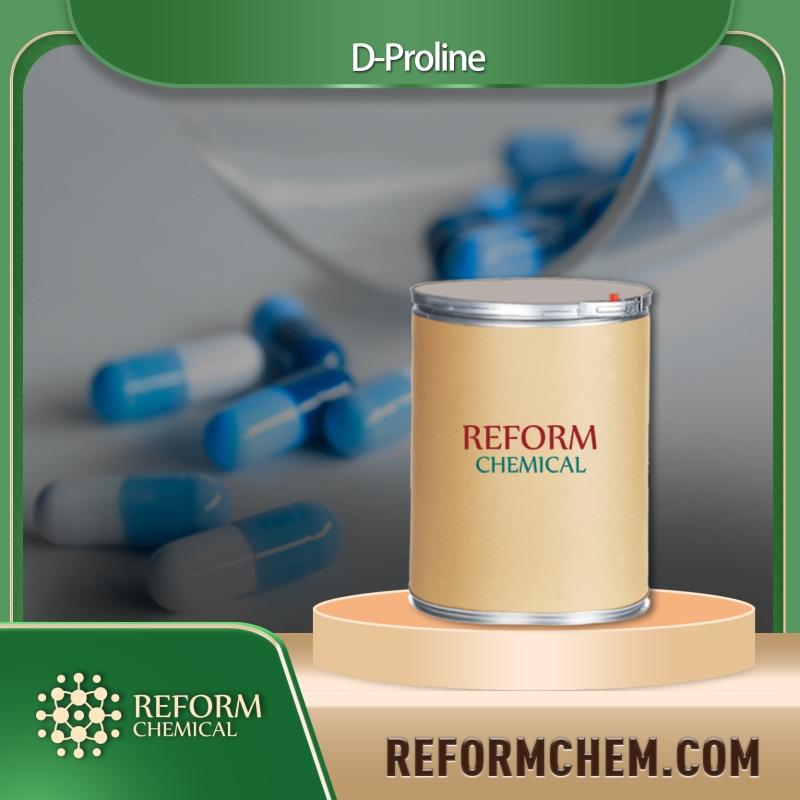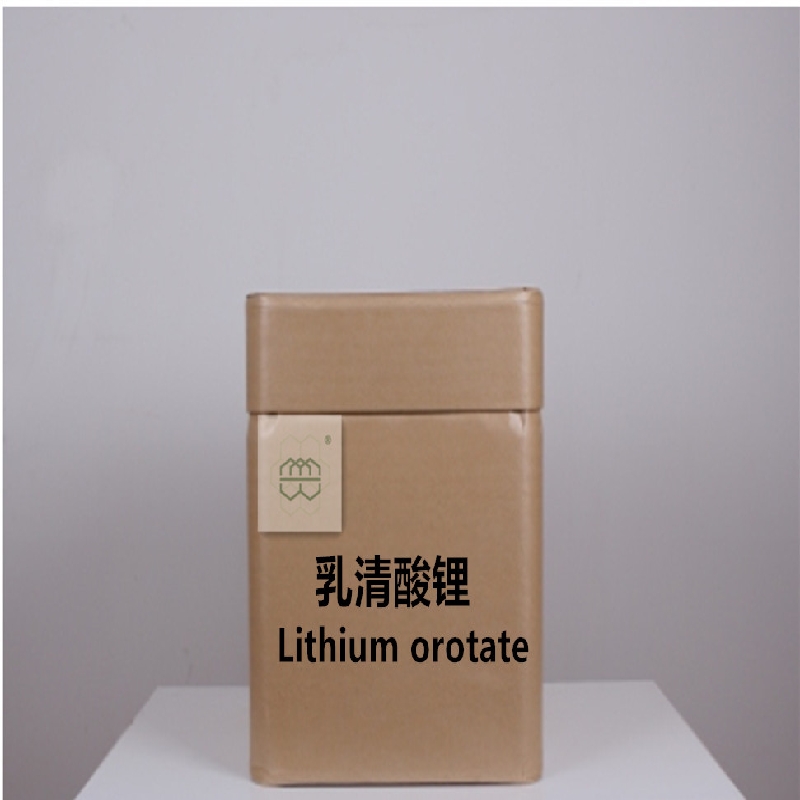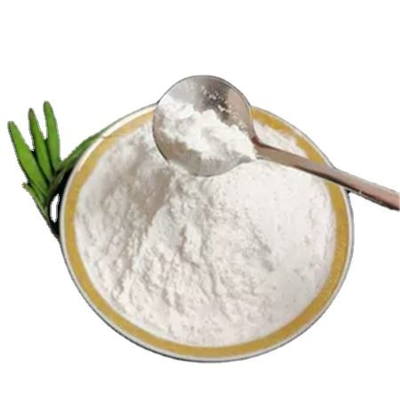-
Categories
-
Pharmaceutical Intermediates
-
Active Pharmaceutical Ingredients
-
Food Additives
- Industrial Coatings
- Agrochemicals
- Dyes and Pigments
- Surfactant
- Flavors and Fragrances
- Chemical Reagents
- Catalyst and Auxiliary
- Natural Products
- Inorganic Chemistry
-
Organic Chemistry
-
Biochemical Engineering
- Analytical Chemistry
-
Cosmetic Ingredient
- Water Treatment Chemical
-
Pharmaceutical Intermediates
Promotion
ECHEMI Mall
Wholesale
Weekly Price
Exhibition
News
-
Trade Service
Original title: Take you to understand food coloring
The three-character scripture says: green, red, yellow, and black and white.
In China, red yeast rice has been produced and used for more than 1,000 years.
Food coloring, also known as coloring agent, is a substance that imparts and improves the color of food, and is a food additive
Food natural colorants are mainly derived from natural pigments, which are divided into three types according to their sources: plant pigments such as capsicum red, turmeric, natural carotene, etc.
Edible synthetic colorants are divided into two types according to their chemical structure: azo pigments such as amaranth, carmine, sunset yellow, lemon yellow, etc.
Regardless of whether natural colorants or synthetic colorants are consumed, the state must conduct strict risk assessment on their safety.
[Excerpt from "How to Eat Safer-Food Safety Consumption Tips (2018-2019)" compiled by the State Administration for Market Regulation and the Chinese Society for Food Science and Technology]







